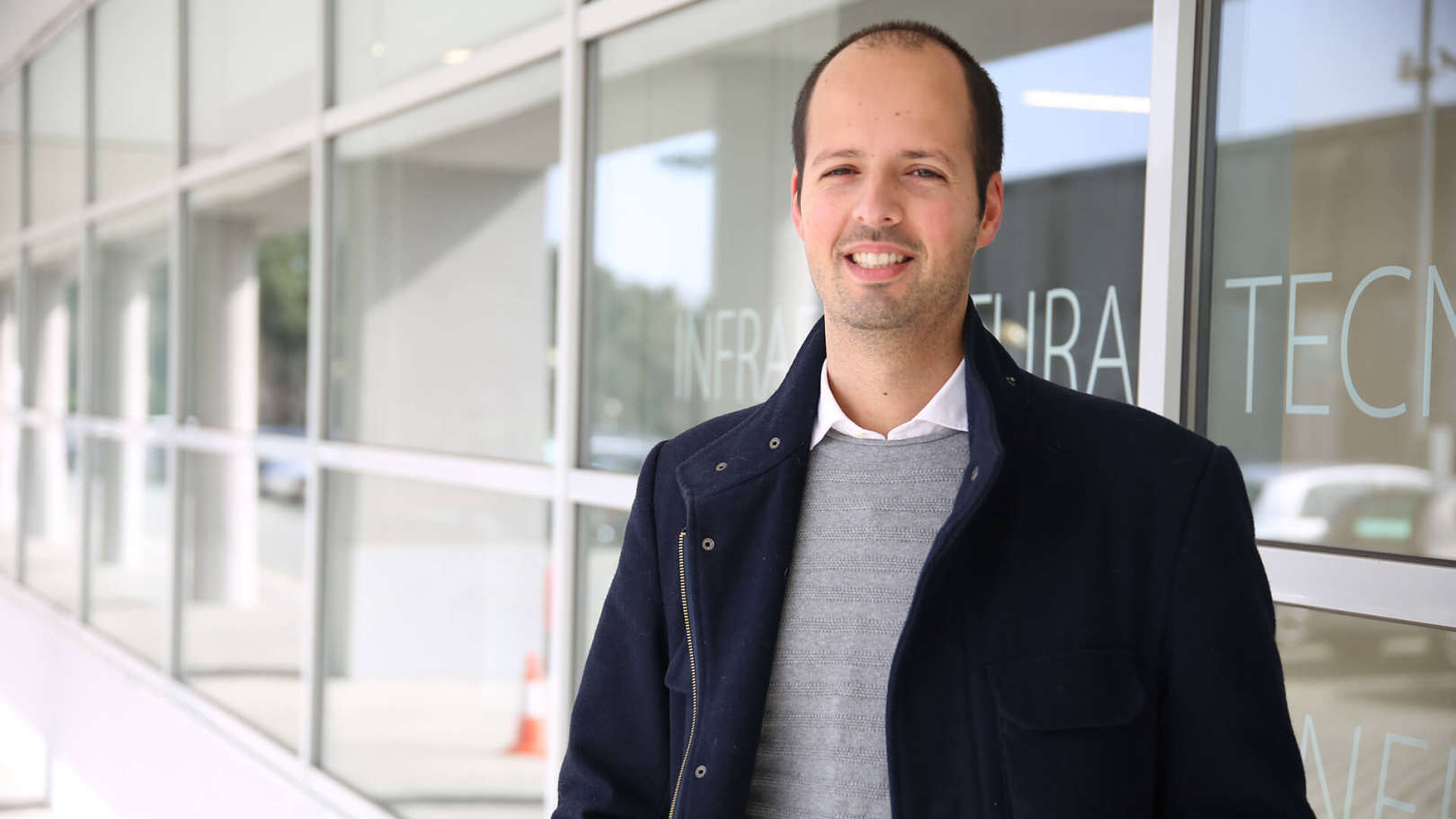Sobre
O Daniel Vasconcelos nasceu em Espinho (Portugal) em 1988 e é um Registered Tech Transfer Professional (RTTP). Ele é responsável pelo Serviço de Apoio ao Licenciamento (SAL) do INESC TEC e o seu principal objetivo é maximizar o impacto social dos resultados de I&D. Liderando uma equipa de três gestores de tecnologia, o Daniel abre caminho para o desenvolvimento e comercialização de soluções de alta tecnologia, fazendo a ponte entre o laboratório e o mercado. O Daniel gere um portefólio de patentes com 33 famílias de patentes ativas nas áreas das TIC, tecnologia médica e instrumentação. É também consultor para spin-offs do INESC TEC. Além disso, é embaixador do European IP Helpdesk para Portugal, um serviço pro-bono de apoio de primeira linha à PI para PMEs e parceiros de projectos europeus. O Daniel é também membro de organizações de renome na área da Propriedade Intelectual e Transferência de Conhecimento, como a ASTP, o TTO Circle, a rede PATLIB e o i3PM. É orador convidado em matérias de PI e estratégia empresarial, incluindo licenciamento de software e open-source. O Daniel é professor convidado na Faculdade de Engenharia da Universidade do Porto para cursos de desenvolvimento de tecnologia médica (Biodesign) e de Gestão. Tem um doutoramento em Ciências Biomédicas, um mestrado em Bioengenharia e um mestrado em Economia e Gestão da Inovação, todos pela U.Porto, e tem uma extensa formação avançada pelo EPO, CEIPI, WIPO e Harvard Law School.



